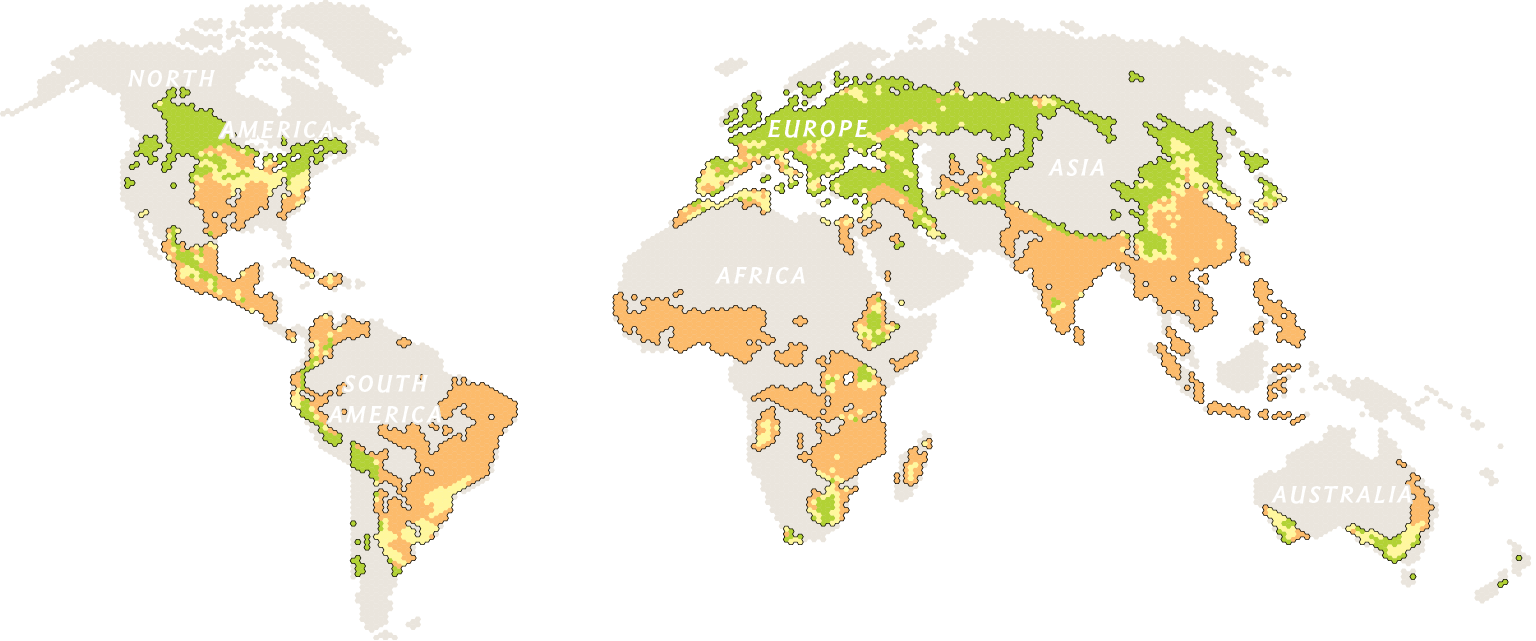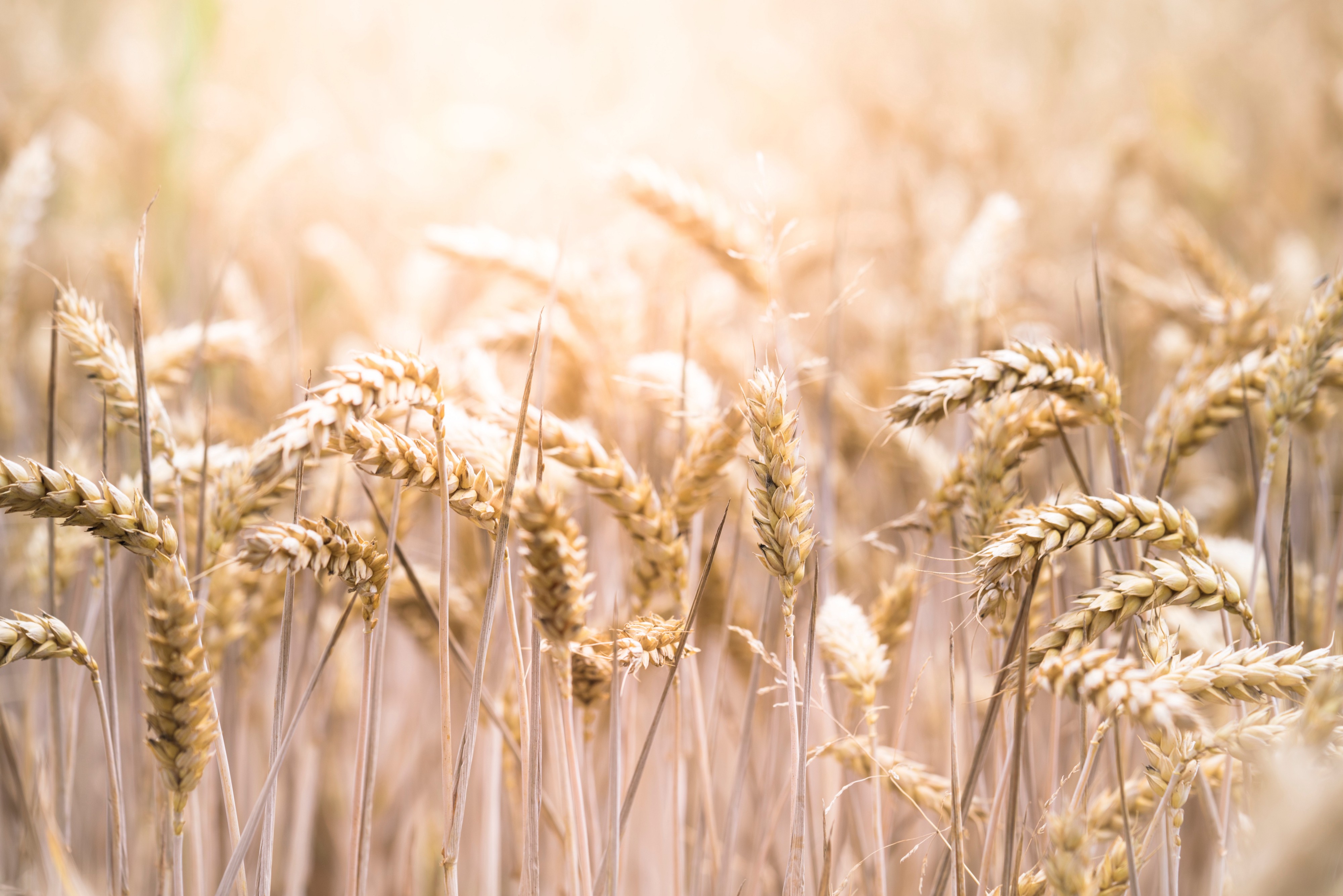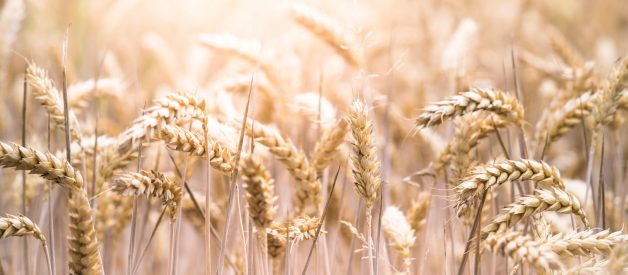This is the second article of seventeen exploring the challenges of each of the United Nation?s Seventeen Sustainable Development Goals.
Today, 795 million people are hungry. Another 2 billion are expected to join them by 2050.
However, global food production is incredibly efficient. The world?s farmers produce enough food to feed 1.5x the global population. That?s enough to feed 10 billion (we are at 7.6 billion currently).
Despite this excess, hunger still exists.
How is that possible?

Our inability to feed the entirety of the world?s population is mostly due to food waste. Globally, 30?40% of all food is wasted.
In less developed countries, this waste is due to lack of infrastructure and knowledge to keep food fresh. For example, India loses 30?40% of its produce because retail and wholesalers lack cold storage.
In more developed countries, the lower relative cost of food reduces the incentive to waste. And as portion size grows, more and more food gets thrown out and wasted.
Our food distribution system is inefficient. But this inefficiency won?t drive 2 billion more people into hunger by 2050.
Climate change will.

 Change in potential average yields for corn, potatoes, rice, and wheat in 2050
Change in potential average yields for corn, potatoes, rice, and wheat in 2050
Climate change will reshape the world?s agricultural landscape. Colder climates will become more favorable to agriculture, but many current agriculture powerhouses will see significant declines in yield.
The most notably impacted:
- The US?s Midwest region will see at least a 20% decline in corn production.
- Brazil will see a 16% drop in corn production.
- Indonesia will see a 20% drop in corn production
To safeguard against these changes, farmers will need to both modernize agricultural methods and diversify their fields.
In terms of outcomes, modernizing methods falls into the same bucket as updating food infrastructure. Both require investment and knowledge to improve yield and food availability.
But diversifying fields? That incorporates more crops and methods into agricultural processes. And, ultimately, it can reinvent agriculture itself.
Diversifying and Decentralizing Agriculture
Diversifying our crops is paramount to our health. According to the UN, 75% of crop biodiversity has disappeared since the 1900s. Agricultural biodiversity contributes to more nutritious diets and builds more resilient and sustainable farming systems.
However, another necessary component to building resilient and sustainable farming systems is to reduce risk. Climate change-induced impacts will rock many agricultural hubs. To minimize these impacts on food availability, we need to decentralize its production.
And urban agriculture is a great place to start.
Urban agriculture incorporates producing healthy food into an environment long detached from its food production.
Let?s use City Fruit, a nonprofit in Seattle, as an example.
Seattle has an abundance of fruit trees throughout its neighborhoods and parks. Every year, much of this fruit falls, rots, and wastes. City Fruit saw a need and began diverting this fruit to communities lacking healthy food access.
In just a few years, City Fruit began harvesting over 55,000 pounds of fruit. This amount of fruit not just feeds thousands, but nourishes them as well. It makes use of local resources, and as a result, improves community resiliency.
To end hunger, we need to replicate these types of stories across the globe. We need to identify communities? abundant local resources, strengthen them, and utilize them to improve food access to those who need it most.
Yes, it will be challenging.
And yes, it will require innovation.
But I?m excited to see what the world creates.
 Photo by Evi Radauscher on Unsplash
Photo by Evi Radauscher on Unsplash


